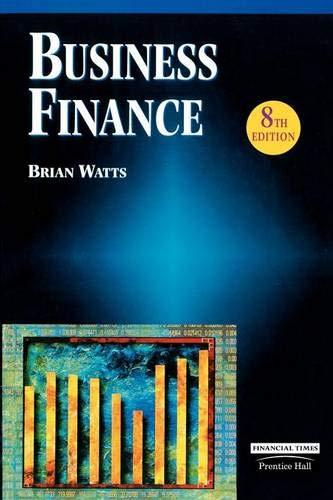Help taking test need asap!

You are considering two mutually exclusive, equally risky, projects. Both have IRRs that exceed the WACC. Which of the following statements is CORRECT? Assume that the projects have normal cash flows, with one outflow followed by a series of inflows. a. If the two projects' NPV profiles do not cross, then there will be a sharp conflict as to which one should be selected. b. It the cost of capital is greater than the crossover rate, then the IRR and the NPV criteria will not result in a conflict between the projects. One project will rank higher by both criteria. c. If the cost of capital is less than the crossover rate, then the IRR and the NPV criteria will not result in a conflict between the projects One project will rank higher by both criteria. d. For a conflict to exist between NPV and IRR, the initial investment cost of one project must exceed the cost of the other. e. For a conflict to exist between NPV and IRR, one project must have on - N'PV-and IRR. one project met have on Which of the following statements is CORRECT? a. When firms are deciding on the size of stock splits-say whether to declare a 2-for-l split or a 3-for-1 split, it is best to declare the smaller one. in this ease the 2-for-l split, because then the after-split price will be higher than if the 3-for-l split had been used b. Back before the SEC was created in the 1930s, companies would declare reverse splits in order to boost their stock prices. However, this was determined to be a deceptive practice, and reverse splits are illegal today. c. Stock splits create more administrative problems for investors than stock dividends, especially determining the tax basis of their shares when they decide to sell them, so today stock dividends are used far more often than stock splits. d. When a company declares a stock split, the price of the stock typically declines-for example, by about 50% after a 2-for-l split-and this necessarily reduces the total market value of the firm's equity. e. If a firm's stock price is quite high relative to most stocks-say $500 per share-then it can declare a stock split of say 20-for-1 so as to bring the price down to something close to $25. Moreover, if the price is relatively low-say $2 per share-then it can declare a "reverse split" of say I-for-10 so as to bring the price up to somewhere around S20 per share. Which of the following statements is CORRECT? Assume that the project being considered has normal cash flows, with one outflow followed by a series of inflows. a. The longer a project's payback period, the more desirable the project is normally considered to be by this criterion. b. One drawback of the pay back criterion for evaluating projects is that this method docs not property account for the time value of money. c. If a project's payback is positive, then the project should be rejected because it must have a negative NPV. d. The regular pay back ignores cash flows beyond the payback period, but the discounted payback method overcomes this problem. e. If a company uses the same payback requirement to evaluate all projects, say it requires a payback of 4 years or less, then the company will tend to reject projects with relatively short lives and accept long-lived projects, and this will cause its risk to increase over lime








